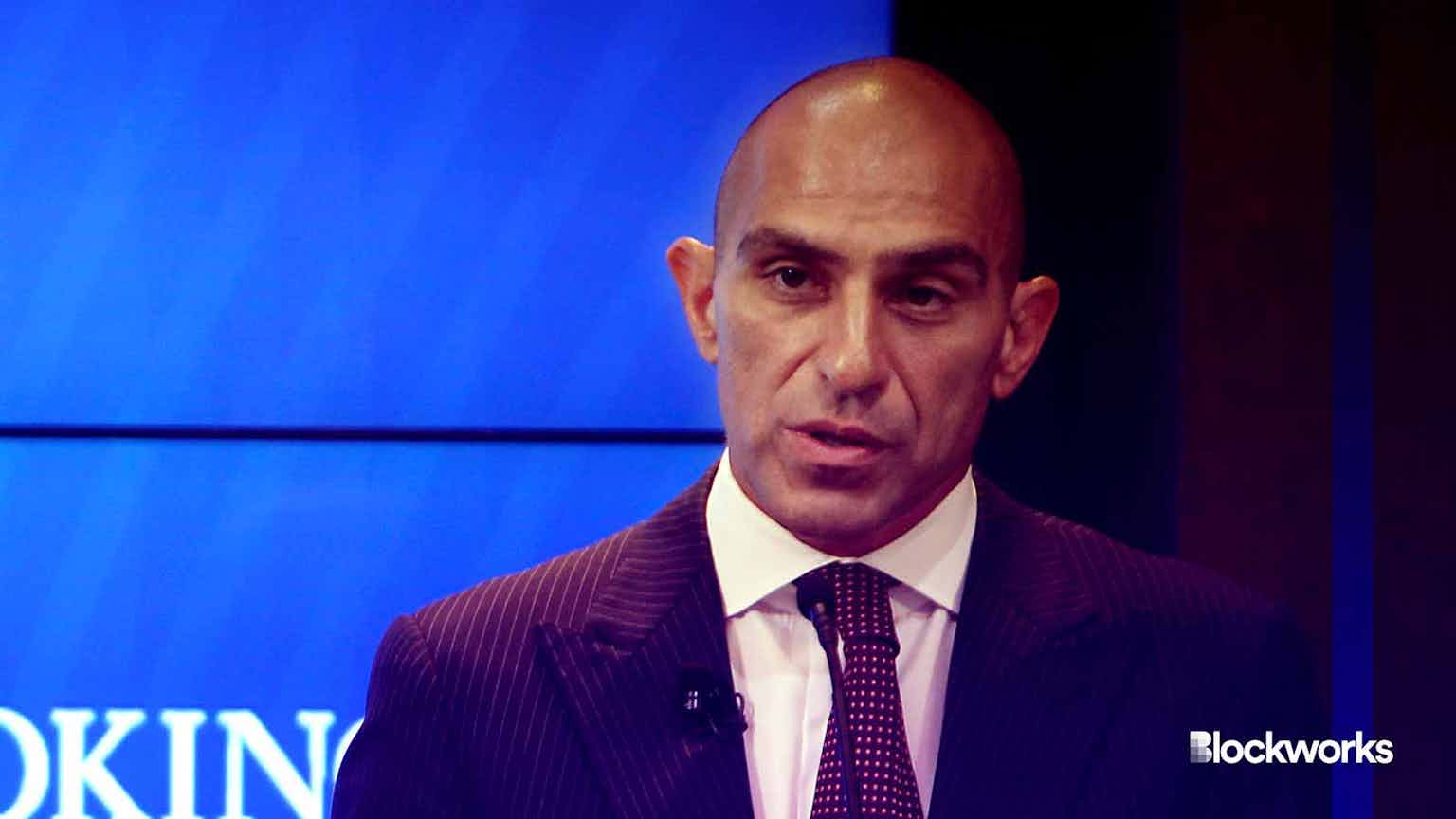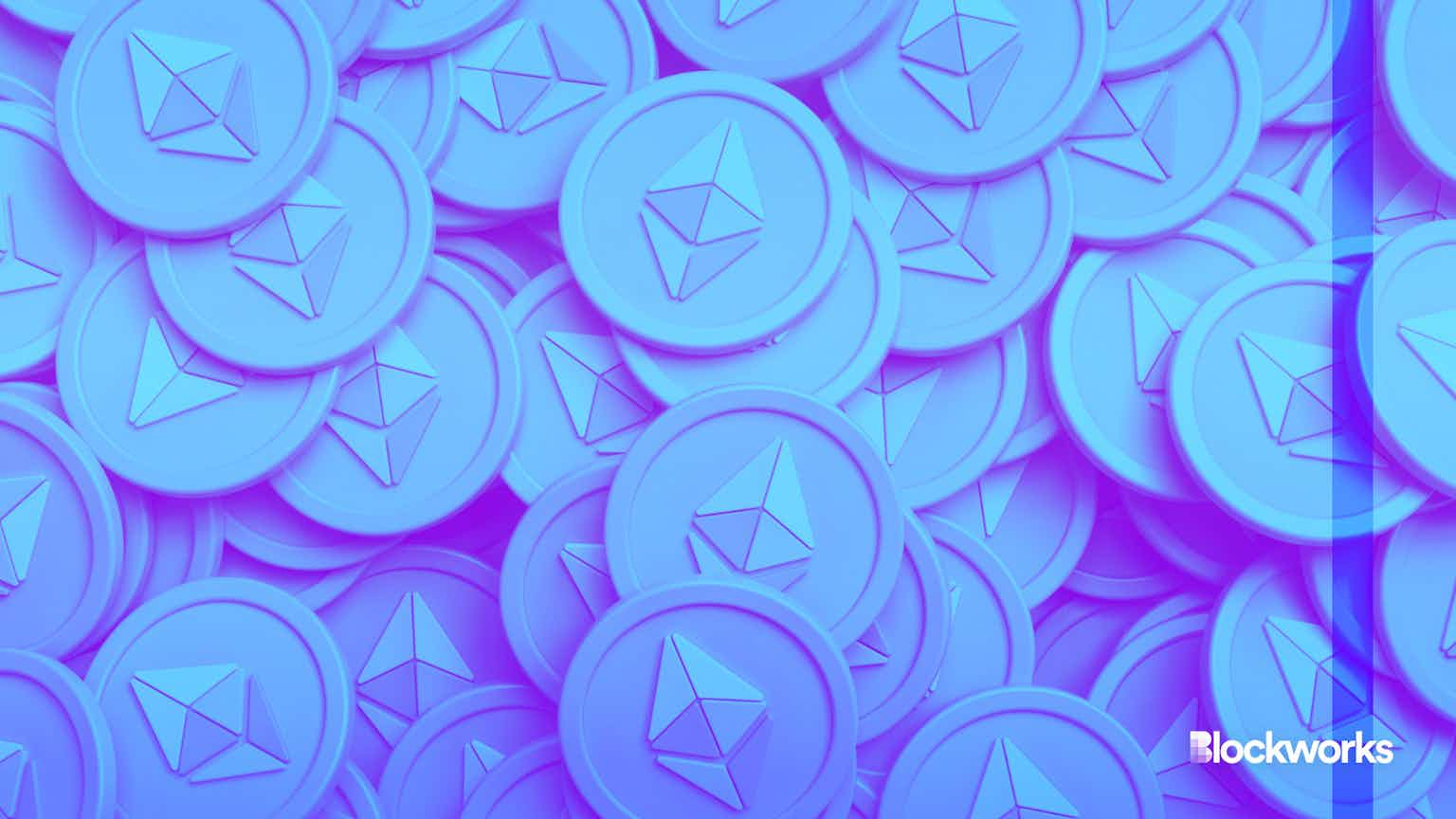Dissecting MEV: The Problem of Relays
Are relays destined to remain as a necessary evil?

mezzotint/Shutterstock modified by Blockworks
Ethereum is built on the principles of decentralization, trustlessness and free market competition. So it might be surprising to learn that an important mechanism in the protocol’s ecosystem is centralized, must be trusted and offers no economic incentive.
Relays perform a key role in the infrastructure that supports MEV — or maximum extractable value — on Ethereum. Existing between builders and validators as middlemen, relays absorb large amounts of traffic from builders by only sending select blocks to validators.
The problem, as Matt Cutler, CEO and co-founder of Blocknative, explained on the Bell Curve podcast, is threefold: Few relays exist, they must be trusted, and they do not currently offer profitability to relay providers.
“At the moment, there are 11 relays that power the Ethereum network,” Cutler says. “But only seven of them have more than 1% share [of the market].”
“It’s pretty centralized, more centralized than any of us would like.”
On top of that, the MEV-Boost network is highly dependent on these few relays. “Without the relays, the network doesn’t operate, meaning that the MEV-Boost network is entirely dependent on them. They require 100% uptime because if they don’t do their job, you have missed slots.”
Cutler points out one crucial problem: “There’s absolutely no economic incentives for operating the relays.” Although the role carries costs and risk, it offers nothing in return.
“And in fact, if your relay doesn’t do its job or there’s some misconfiguration and you miss slots, the validators often expect reimbursement. So they have negative economics.”
“The economics of it kind of suck today,” host Michael Ippolito agrees.
Read more: MEV: Who Should Profit From a Protocol’s Economic Activity?
Boosting relay participation
“One of the things we’re trying to do,” says Cutler, “is encourage more teams to participate as relays and to develop their own relays to encourage relay diversity.”
Cutler argues that relays offer “tremendous value to the entire network.” MEV-Boost uses block space more efficiently, increases the base fee burn, and pays validators significantly more, boosting the security budget.
“And so there’s a huge amount of benefit that is driven specifically by the work of the relays and the rest of the supply chain and yet none of that value is today shared with those infrastructure operators.”
This leads to an interesting conundrum: is there a way to pay relay providers without breaking the system?
Bell Curve podcast co-host Hasu, strategy lead at Flashbots, points out that relays are not actually necessary for all parties because “only untrusted parties would be excluded from the MEV supply chain if relays didn’t exist.”
Monetizing relays, Hasu argues, could inadvertently increase fragility in the system. Some participants might choose to circumvent relays to save on costs. In the current design, he says, “We have a social consensus — the social norm that everybody goes through a relay. And that’s really important because we want everybody to operate on the same footing.”
“But once we start monetizing relays,” he says, it may drive away certain parties because that would “increase their bottom line.”
Cutler counters Hasu’s argument, explaining, “We want lots of relays. We want a lot of people going, ‘Look, the economics here is amazing. This is a great business to get in, and we can add value here.’”
“Today,” Cutler adds, “there’s a small set of private entities who are using venture capital money to support the network and a couple of public goods that have passed the hat.”
“And that strikes me as — at the core of the network — not sustainable and not ideal for a network that basically is trying to be able to fund its own operations overall.”
“It’s not a free service. It’s, in fact, a very expensive service — and a high risk service.”
“Ultimately,” Cutler says, “on a long enough timeline, these things are not sustainable.”
Relays as a public good
In response, Hasu argues that one should instead look at the relay system as a “public good.”
“We pay the same cost as you guys do at Blocknative for running the Flashbots relay. And we do that because we think it’s essential to uphold this market structure.”
“We have to talk about it,” Hasu says, “from a funding public goods angle, more so than from an angle of how we can turn this into a market that can be monetized successfully.”
Start your day with top crypto insights from David Canellis and Katherine Ross. Subscribe to the Empire newsletter.




